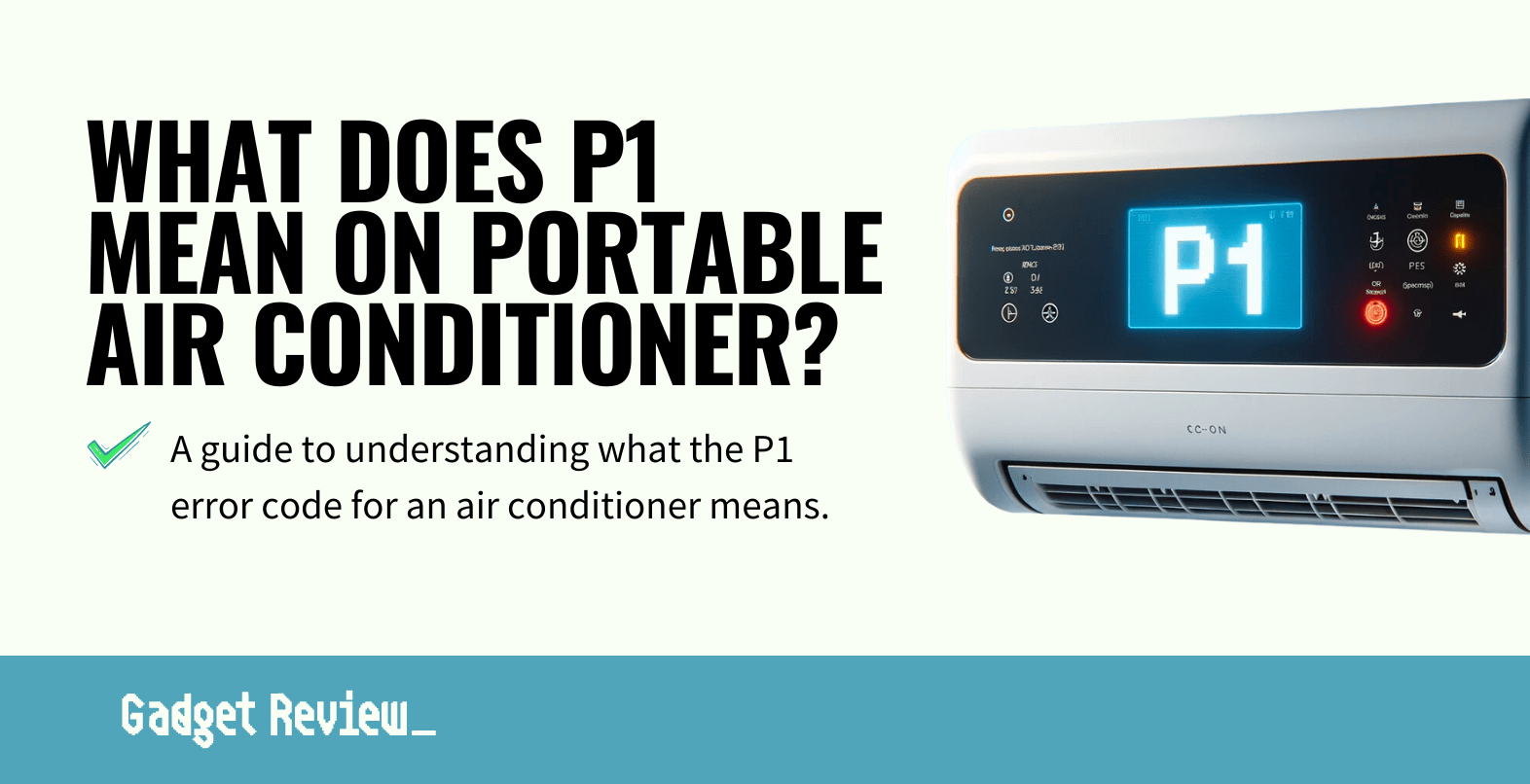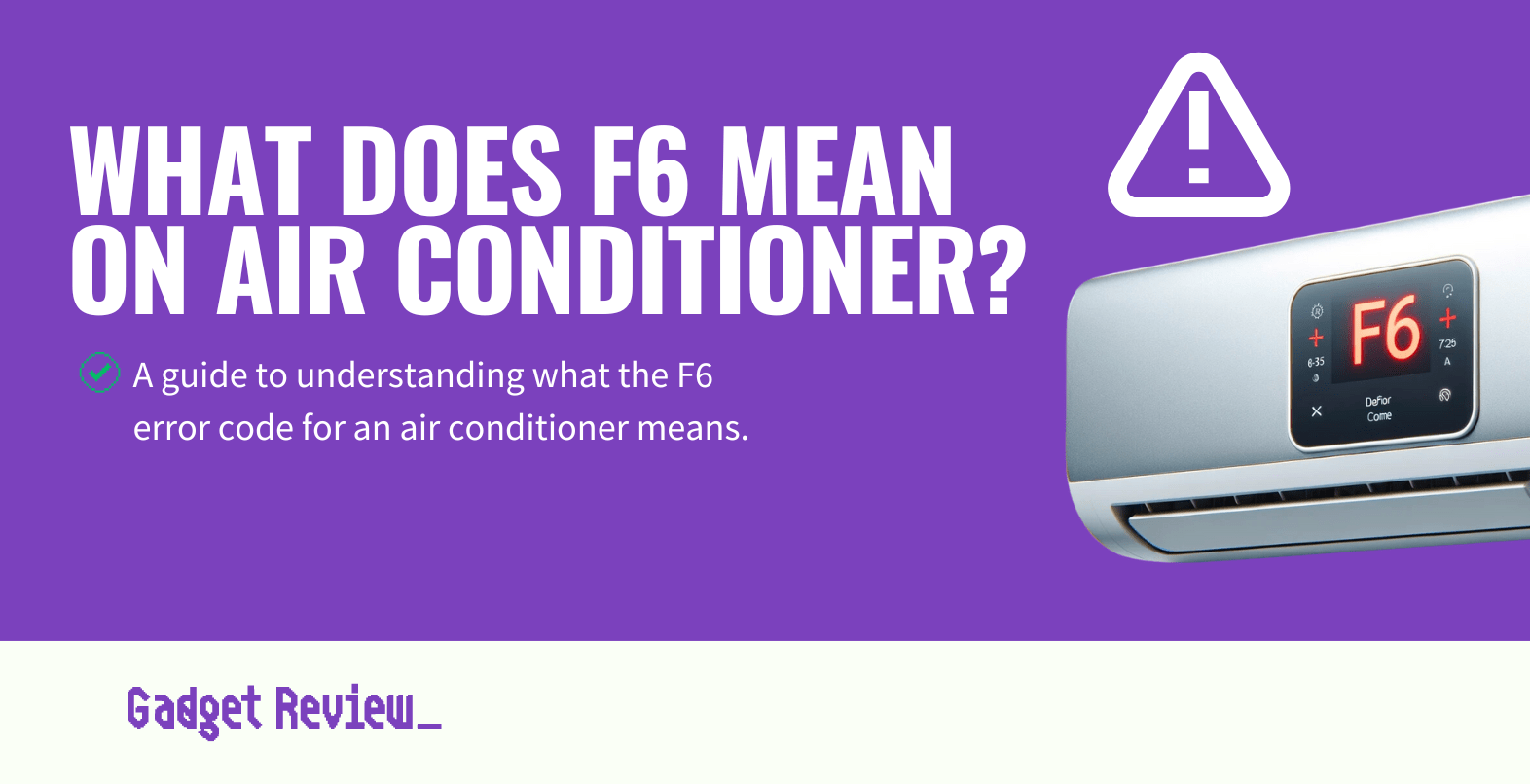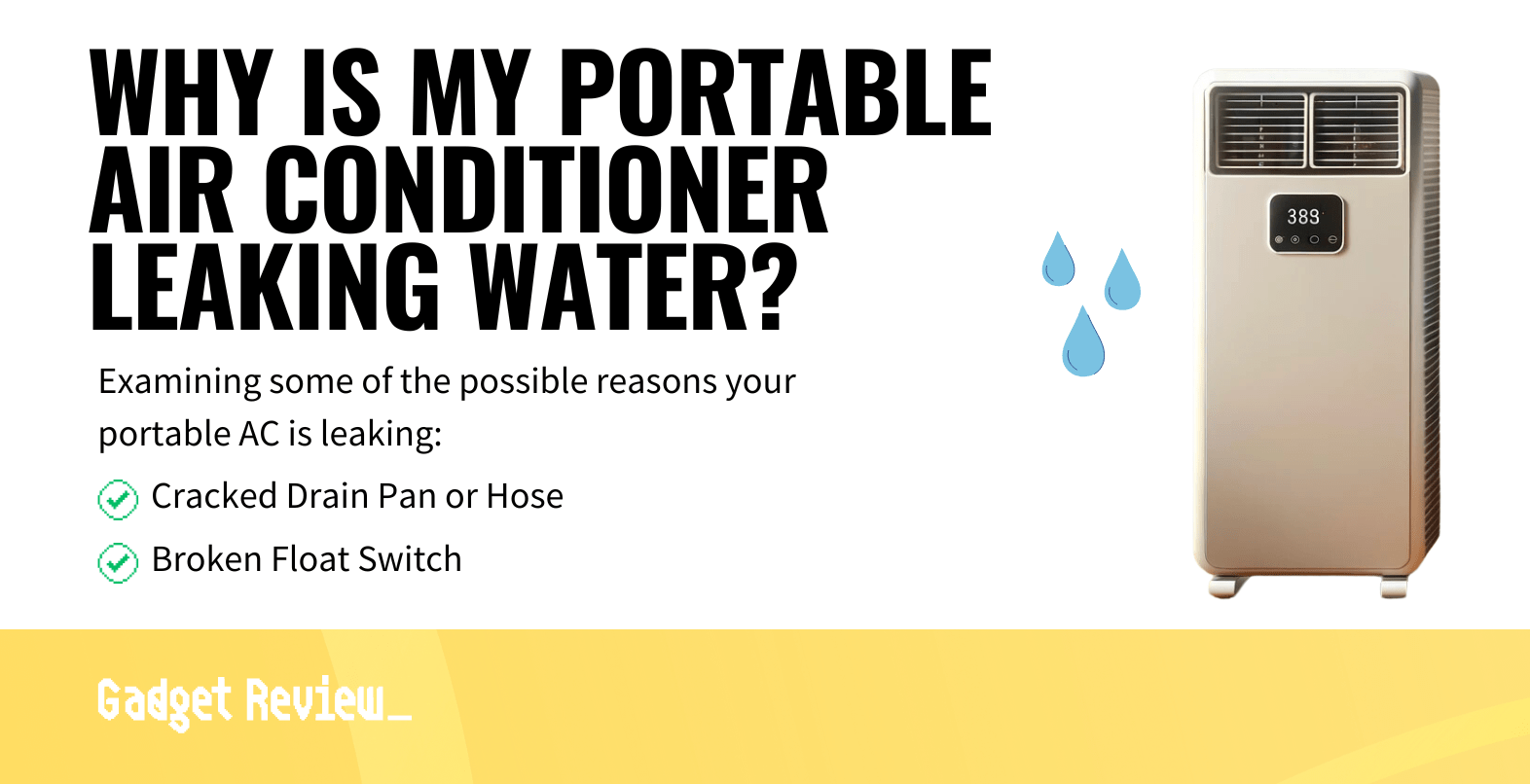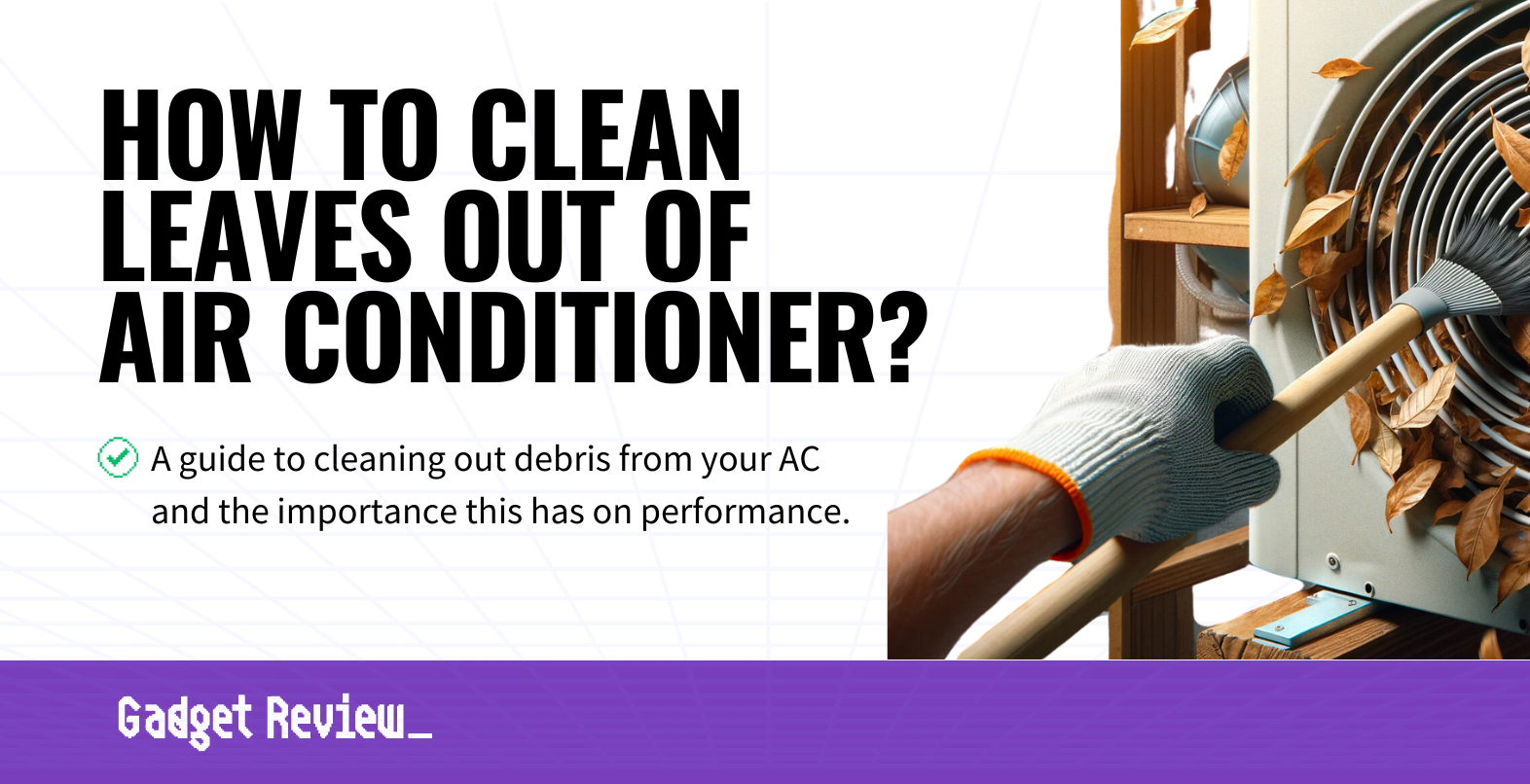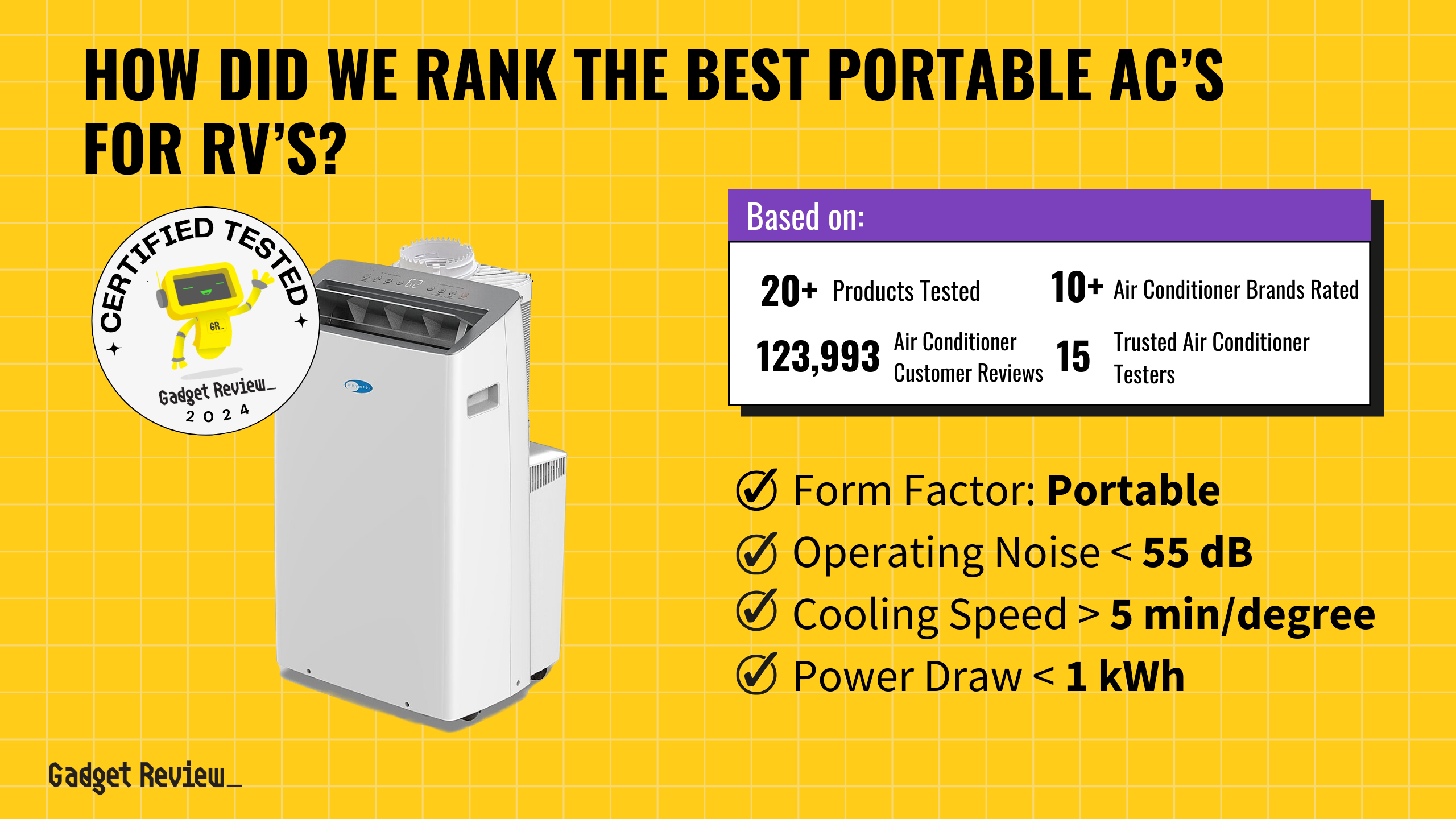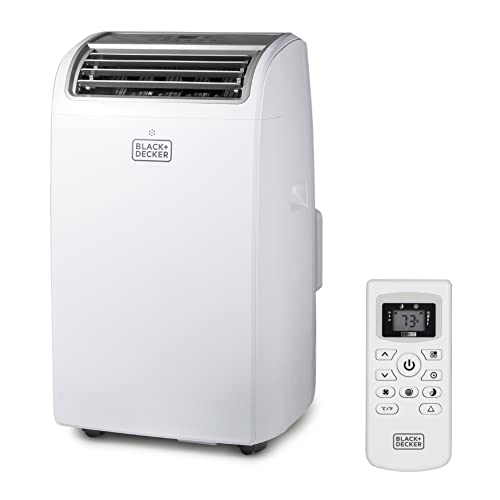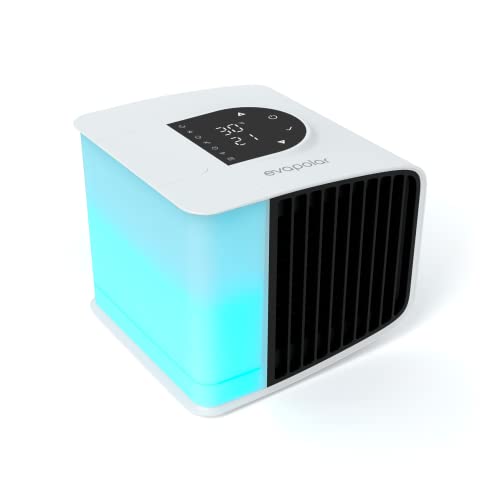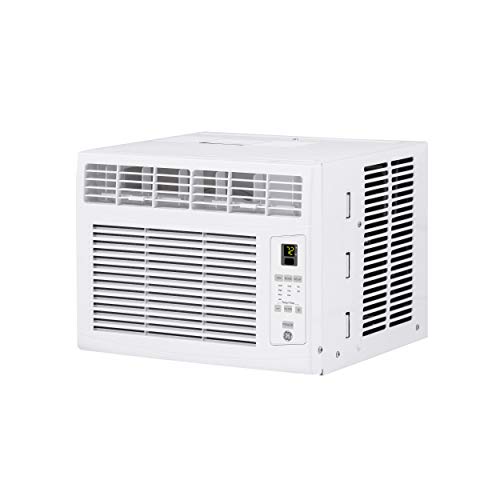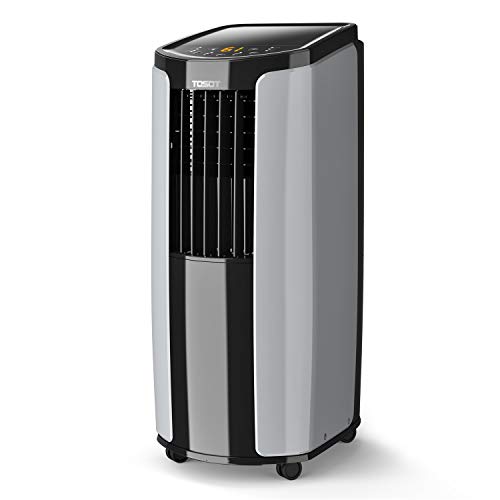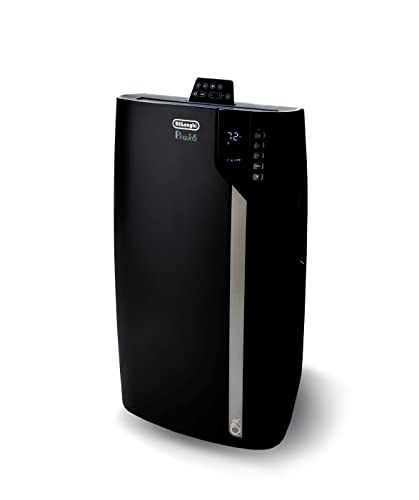Regular maintenance is required for even the best air conditioners and a clogged AC drain line can be more than just a nuisance; it can lead to significant water damage and affect your air conditioning unit’s efficiency. Fortunately, with the right approach, unclogging your AC drain line can be a straightforward task by using a wet-dry vacuum. This article will guide you through each step, ensuring your air conditioner continues to provide comfort without the risk of excess water causing issues.
Key Takeaways_
- A drain clog can be recognized by a slow flow of water coming out of the condensate line or watermarks on the ceiling.
- Clogged drain pipes often happen as a result of poor air filtration.
- Keeping your drain pipe unclogged can save homeowners from flooding or water damage.
Unclogging a Blocked Air Conditioner Drain Pipe
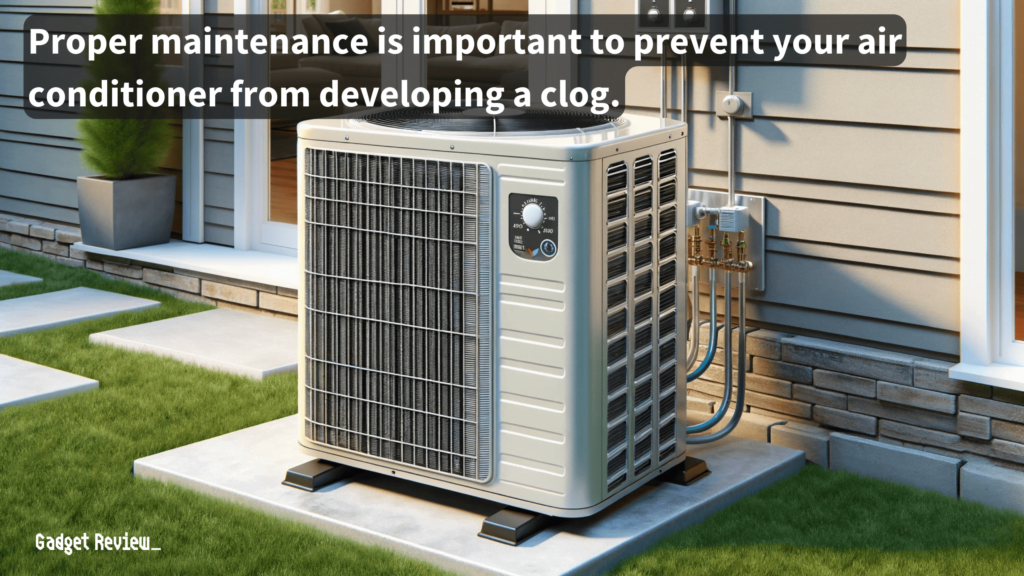
The AC drain line, also known as the condensate drain, plays a crucial role in your HVAC system. It channels the condensation away from your air conditioner’s evaporator coil, preventing water buildup inside your unit.
However, over time, dirt, mold, and algae can block this essential pathway, leading to standing water and potential water damage. Recognizing the signs of a clogged condensate drain line is vital.
Common signs include water leakage around your indoor unit, mold growth near the drain line, and an unexpected increase in indoor humidity levels.
Similarly, when storing a portable air conditioner for the off-season, ensure the drain line is clean and dry to prevent mold and mildew growth.
Tools and Materials You’ll Need
To tackle a clogged AC drain line, you’ll need a few basic tools and materials.
- A wet-dry vacuum is an effective tool for sucking out clogs, while a stiff wire brush can help dislodge any stubborn blockages.
- For a chemical clean, white vinegar is a safer alternative to harsh chemicals like bleach, though bleach can be used in diluted form for its strong cleaning properties.
- Don’t forget rubber gloves to protect your hands and a garden hose for flushing the line.
Having these tools at your disposal will make the cleaning process smoother and more efficient.
STEP 1 Safety First
- Begin by turning off the power to your HVAC unit at the circuit breaker panel to prevent any electrical damage.
- Knowing how to turn off your air conditioner properly is crucial for safely performing maintenance tasks like drain line cleaning.
STEP 2 Locate and Inspect the Drain Line
- Find your AC’s drain line, typically located near the outdoor unit. Inspect for any visible blockage or standing water.
- If the water is dripping very slowly, this is a typical sign of a clogged drain line.
- Ensure the outdoor condenser unit is free of debris and the area around it is clear to maintain optimal indoor air quality.
STEP 3 Vacuum the Clog
- Attach the vacuum hose to the drain line’s end, creating a seal. Turn on the vacuum to remove the clog.
- This step might require several minutes to ensure all debris is cleared.
STEP 4 Flush the Line
- After vacuuming, use a mixture of vinegar and warm water to flush the line.
- This natural solution helps break down any remaining buildup without damaging the PVC pipe.
STEP 5 Check the Flow
- Pour clean water into the drain line to check the flow. If water exits freely from the outdoor drain, the line is clear.
When to Call a Professional
While many clogs can be resolved with DIY methods, some situations require a professional touch.
If you’ve followed the steps without success, or if you notice severe damage to the drain line, it’s time to call an HVAC professional.
warning
Going through this process won’t always result in an unclogged line. If this is the case, call an HVAC service.
Professional service is also advisable if you’re uncomfortable performing any steps or if your unit shows signs of additional damage.
Preventive Maintenance Tips

Routine maintenance is key to preventing future clogs in your air conditioning drain line. Regularly changing your air filters can prevent dirt and particles from entering the condensate line.
Additionally, a bi-annual flush with a vinegar solution can keep the line clear of mold and mildew. Inspecting the drain pan for standing water and ensuring proper drainage can also avert potential issues.
Unclogging your AC drain line is a crucial aspect of air conditioning maintenance that ensures the comfort and safety of your home environment.
insider tip
To help avoid a clogged drainpipe, clean the filter every 30-60 days.
By following this step-by-step guide, you can effectively address common issues associated with drain line clogs.
Remember, regular maintenance can prevent most clogs, but don’t hesitate to seek professional help when needed. With the right care, your AC unit will continue to operate efficiently, providing a cool and comfortable indoor climate.








